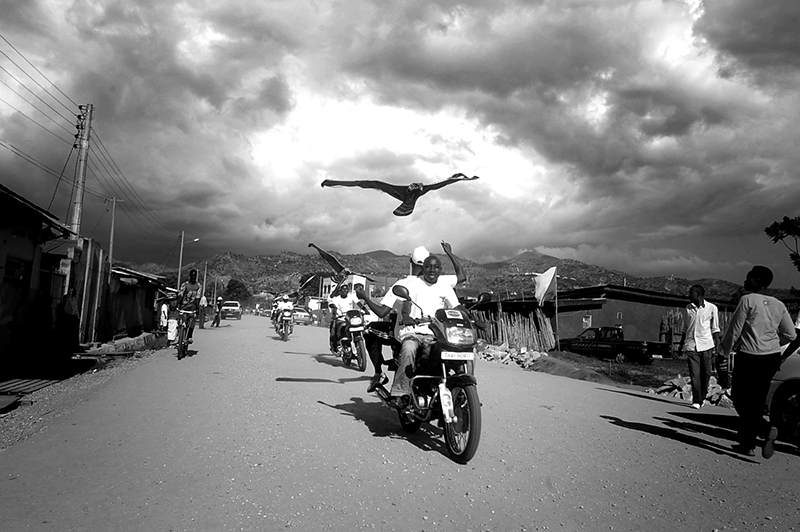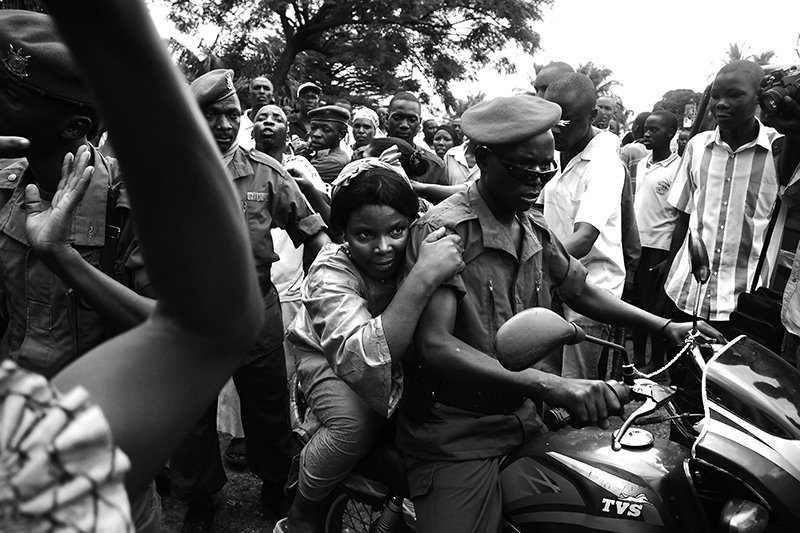THE MUZUNGU TRIBES CASE
by Teddy Mazina
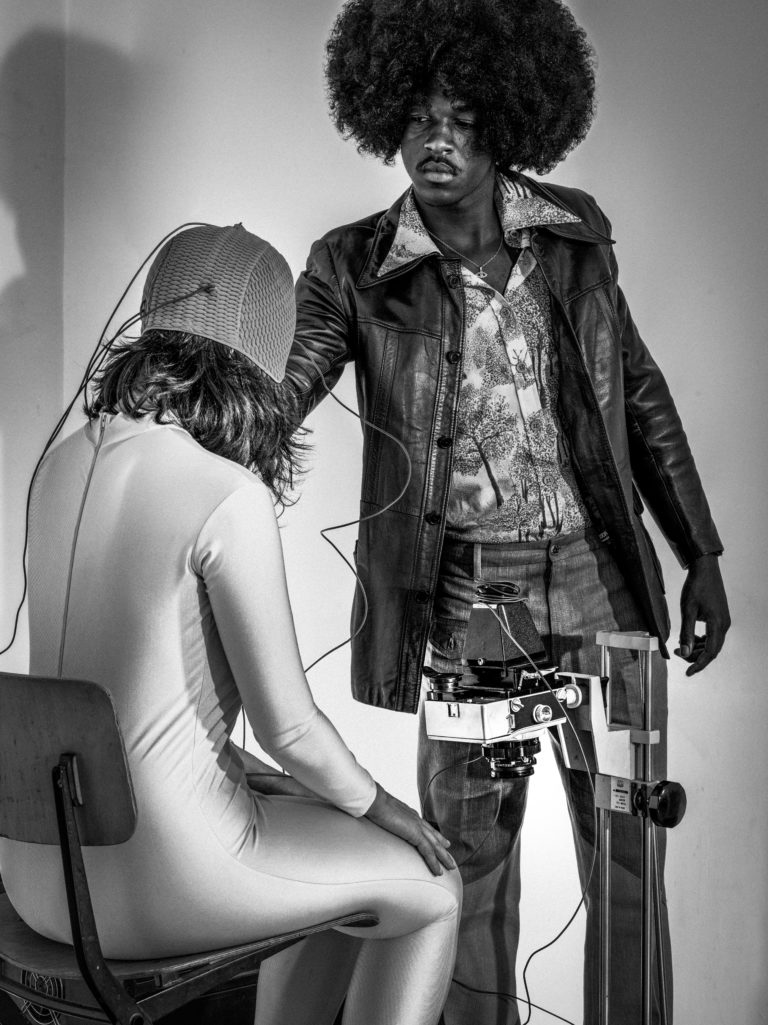
Brussels 1972, discovery of a Clandestine anthropometric measurement laboratory. A news item erased from official history.
On 02/04/1972, Brussels customs seized several boxes at Zaventem airport on their way to Addis Ababa in Ethiopia. The police are called. The boxes are filled with several hundred documents, photographs of European human bodies, morpho-anthropometric files and measurement data, laboratory flasks, x-rays… An investigation is opened and the police discover a clandestine laboratory at 22 Goujons Street in Anderlecht, in the south of Brussels.
Residents reported back and forth of many young people of African origin and their Belgian friends. Also according to the neighborhood, “suspicious rites” were being performed in what appeared to be an old derelict warehouse. Residents often complained of disturbances caused by “black music” and suspicious night movements.
On February 20 night, a police intervention in the warehouse led to the arrest of four people. A small group of African scholarship students had set up what appeared to be an undeclared “science lab”. According to them, they measured and photographed the “White Bodies” of their friends. Several hundred pictures were seized.
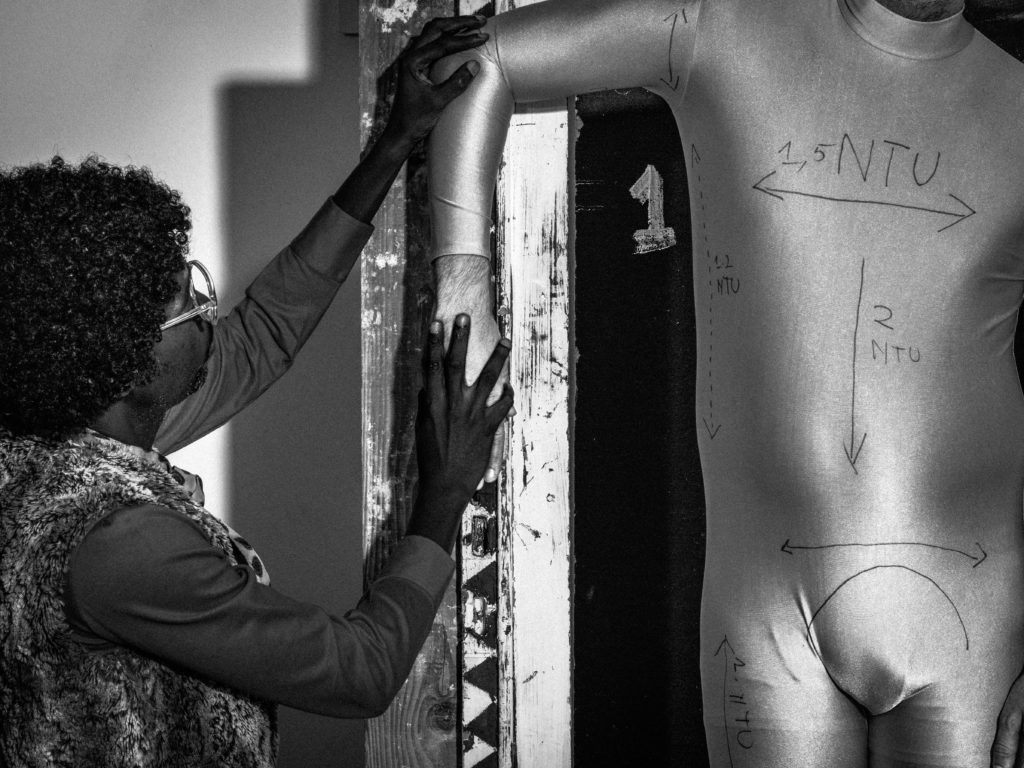
Information notes and excerpts from interrogations
The defendants: “The extreme urgency for Africa and the Organization of African Unity (which they call the OAU) is that after the great period of independence, it is necessary to know how to think of the “New Being “”.
The defendants say they are carrying out “a critical morpho-anthropometric investigation into the scientific foundations of the discourse on Africa and the invention of a primitive Africa, the place par excellence of difference and radical otherness“. According to the defendants, “the construction of the colonial discourse was done through images, representations, attitudes and false scientific texts. There is an urgency for the OAU to deconstruct the image of the savage, primitive and out of history African. »
The defendants claim to have discovered “the existence of remains of human bodies brought from Africa and elsewhere“, without further details, “in certain museums and European universities”. They speak of “the image of an African above all unable to take care of himself or fit into the new postcolonial ecosystem”. The defendants make remarks of a political nature and affirm “that the OAU must engage, on the whole continent, in campaigns of ‘UBUNTU’ and of dehierarchization of relations between humans but also the free States of Africa and the old colonizing nations. They speak of “the main priority of the Organization of African Unity”.
Investigator’s observation:
Completely vague words. The defendants respond in a coordinated and similar manner to the investigator’s questions and make vague statements of a political nature. They justify their “research” and their “activities” because, according to them, “the future of humanity would depend on it” and all repeat (in black dialect) “UBUNTU, UBUNTU” the name of a certain Fanon, without more details about this individual. Repetitive words like “alienation”, “inner eye”, “outer eye”, “colonial enterprise”, “Hottentot apron” are used by the four defendants.
The four students were the subject of a political decision resulting in the immediate cancellation of their scholarship, deportation proceedings and an inadmissibility.
The laboratory was closed and all instruments seized. The fifth student was never found.
The file was then classified as “confidential” and hidden from the press. The anthropometry laboratory on rue des Goujons was called “Muzungu Tribes”.
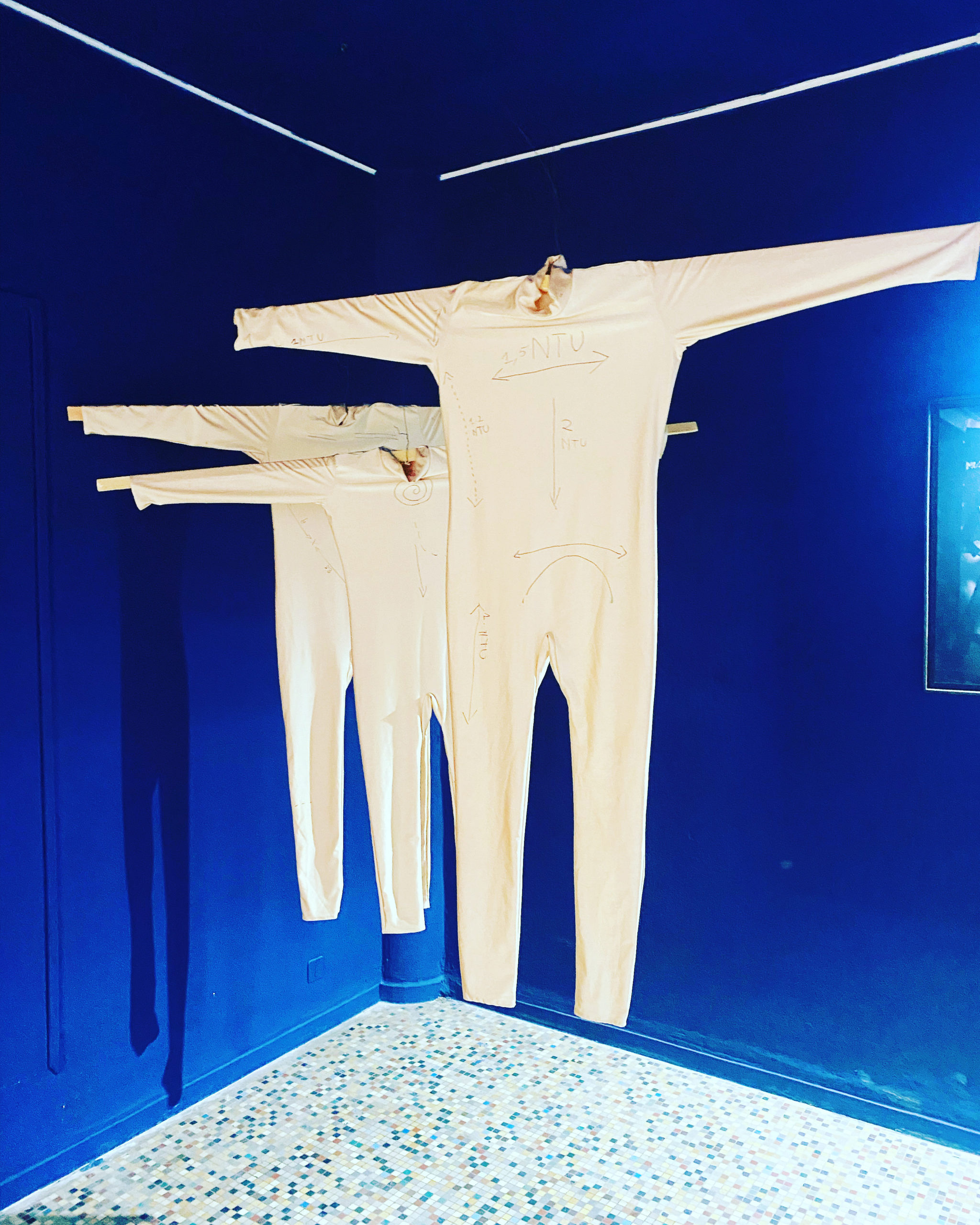
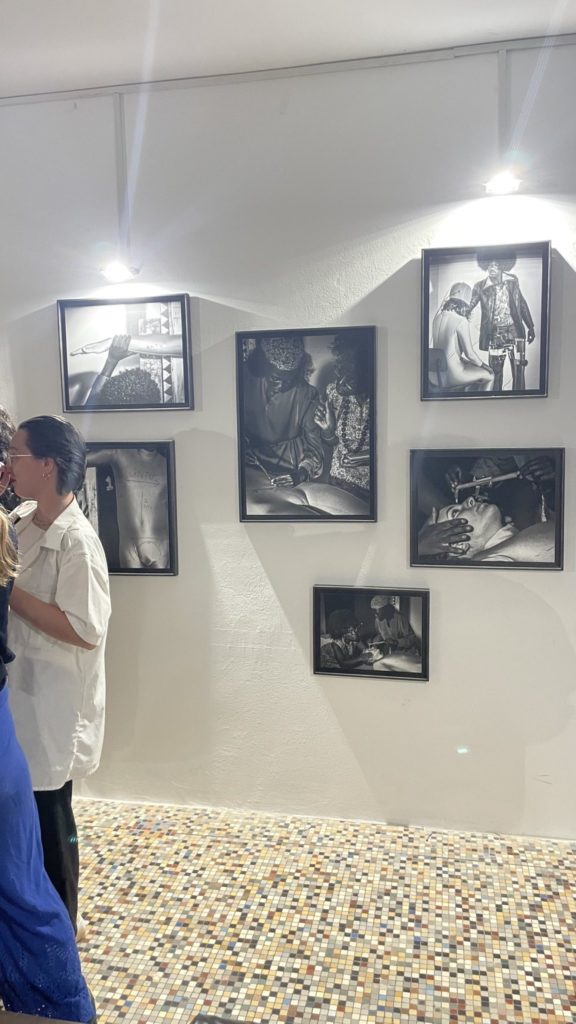
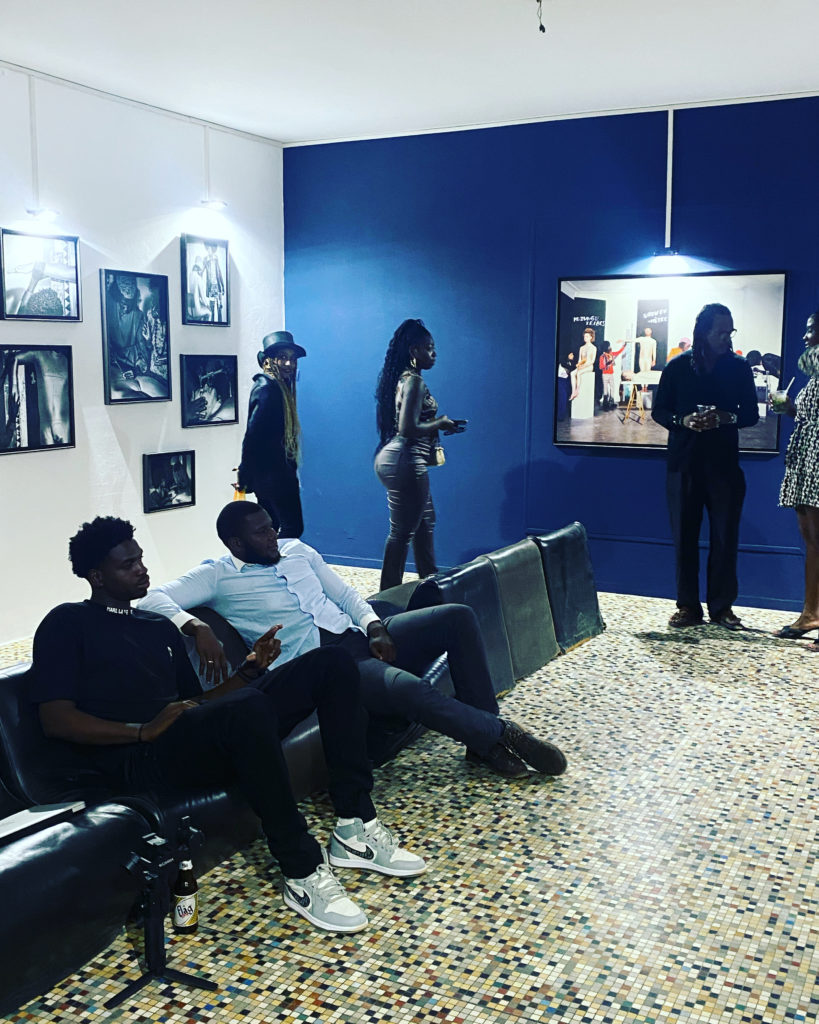
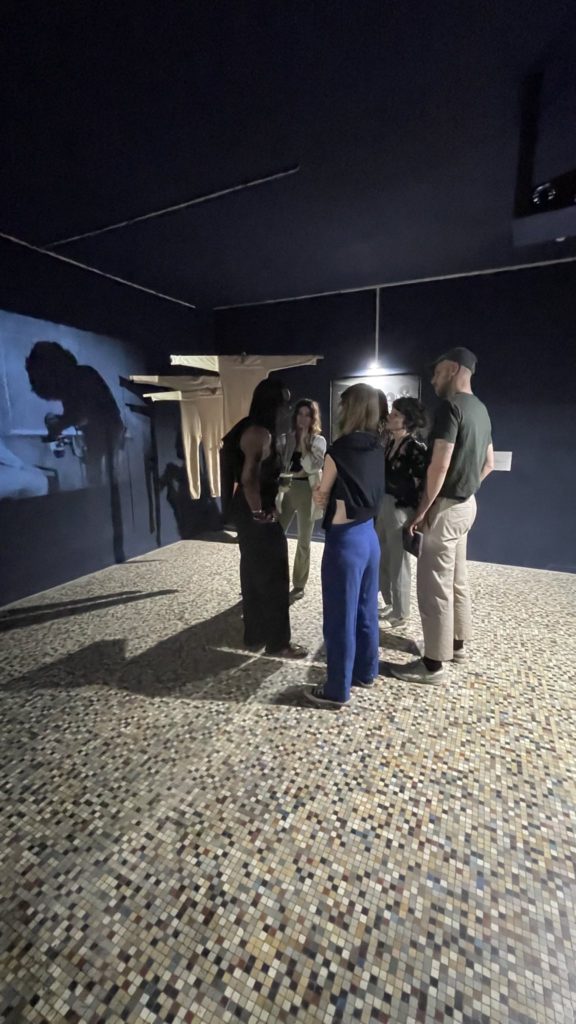
MAKING OF Muzungu Tribes Shooting
Muzungu Tribes is born in a picture laboratory, where the artist seeks to reverse looks, to denounce and discredit humoristically, a racist thought, sometimes unconscious but deeply rooted. In this laboratory, a black man analyzes, observes and measures whites people to identify communities, new tribes contemporary: Muzungu tribes.
Muzungu Tribes oscillates between fiction and historic facts.
The artist Teddy Mazina collaborated with Hang’Art in developing the full concept of Photographs and Talks. It was important not to repeat everything that had already been discussed too much about colonization and to create a contemporary discussion, addressing both Europe and Africa. The talks make it possible to include Muzungu Tribes in the future by raising awareness among players in the image industry (journalists, artists, students, cultural players, etc.) in full responsibility for the visual tools they create, use, exhibit or disseminate.
Muzungu Tribes: photographs and talks is an nomadic artistic project, dedicated to evolving and enriching itself from season to season, as it and the artist’s career progresses.
IN PARTNERSHIP WITH


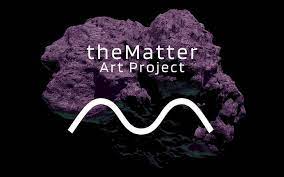


Teddy Mazina
Born in 1972 in Burundi, Teddy Mazina, Burundian photo-journalist, is a political exile living between Belgium and Rwanda and a self-described “Photographer activist”.
He advocates non-violence and in 1993, he co-founded the Organisation Jeunesse association, as a way to fight extremism and political manipulation. In 2007, he returned to Burundi. “Unfortunately, I realized that we were facing the same problems as in the past”. He started doing photography and created MD communication which produced reports and documentaries on Burundian society. During the 2010 elections, he documented the event with an image bank as an attempt to create a fairer society. He has continued his activities with Studio Clan-Destin.
For memory’s sake. Photographing the Burundian social and political current climate is an almost vital choice for me and for the history of Burundi.
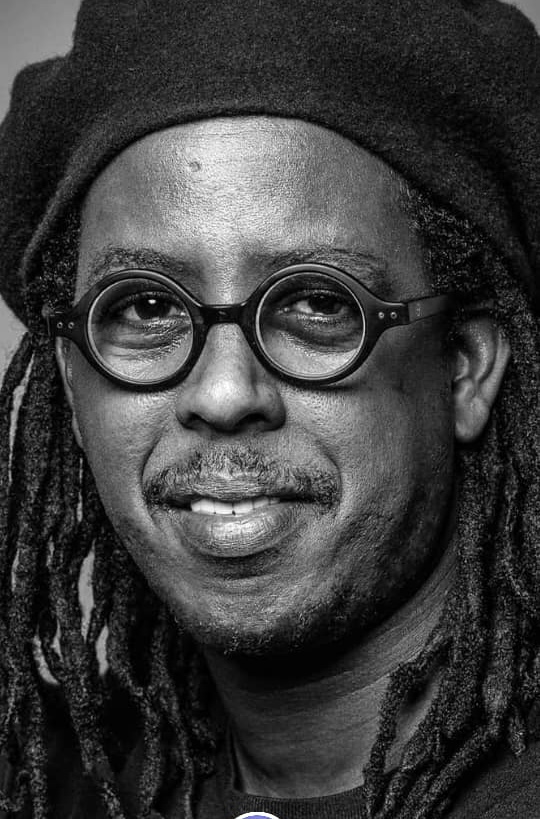
In February 2012, he exhibited his photographs for the first time at the French Institute in Bujumbura with Objectives Amnesia / Devoir de Mémoire 2007-2011. With his photographs, he fights against oblivion and the violence suffered by men on a daily basis.
His book “Drums on the Ear of a Deaf” was published in 2015. The same year, he photographed political demonstrations through the “Underground Studio” before being forced to go underground for 15 months. He is the recipient of the 2017 Martine Anstett Prize for his commitment to Human rights in Burundi. He currently works on a new series, MUZUNGU TRIBES, an artistic project based on photographic research and anthropometric measuring as a way to deconstruct and reinvent the way we look at others.
